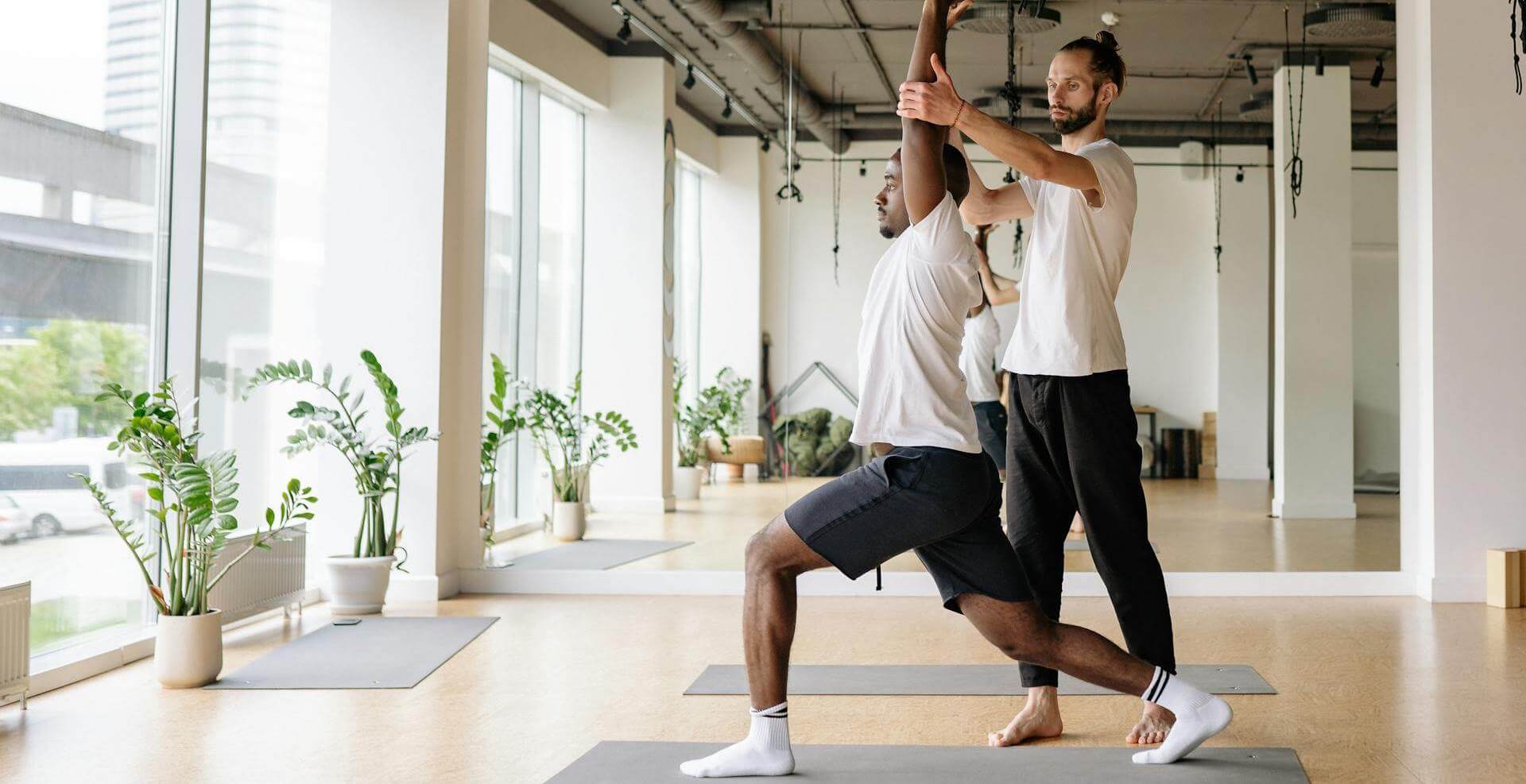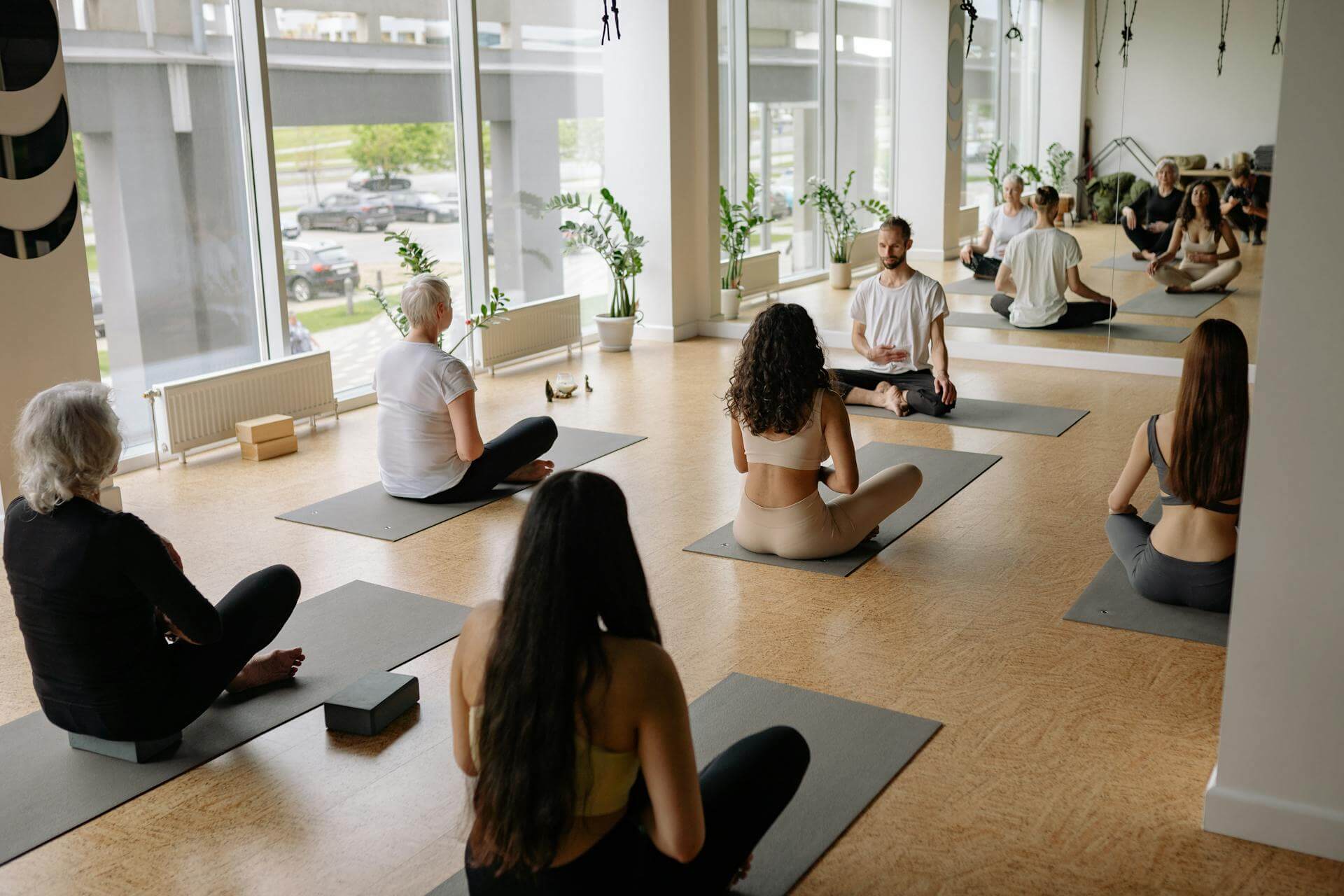
The dos and don’t of opening and closing your class
Opening and closing rituals of yoga classes are important moments. They set up the container for practicing and have the potential to give a sense of intention and harmony, as well as address the practical details of the studio or teacher. Fortunately (or not), there is no fail-safe formula for planning these moments of your teaching. Do I Namaste? Thank you? Om? Bow? Share some inspiring words? Tell a personal anecdote? Finding the best combination will take time and stay fluid as times change, and so do you. A great place to start breaking it down is returning to your experience as a yogi.
Visualize the yogi experience!
When you attend classes, what do you enjoy? Some yogis would like to hear your name and a brief sequence introduction, while others prefer to get straight to the asana. Some yogis like a namaste closing, and others linger in the studio for longer. Brainstorm the sensations you want yogis to enter or leave with, and think about tools that support them. Here are some ideas
Safety : In mixed experience classes or specialized/adventurous sequences.
- Outline all props beforehand verbally or with signage
- Inform yogis that there is always space to take a break or ask for a variation
- Ask yogis if there are any injuries or concerns at the beginning of your class.
Connected : A sense of familiarity and intimacy in your personal practice.
- Begin or end each class with a pranayama practice or meditation.
- Include an Om to feel vocally connected to the other bodies in the space.
- Begin classes with an intention setting either provided or individually, return to it at the end of the practice.
Informed : Big and bustling studios tend to have more announcements and happenings. They also get a lot of new yogis who may not know the studio culture yet.
- Include a brief layout before starting the sequence e.g. Today we are focusing on strength, warming up before flowing towards a peak pose and finishing practice with a guided meditation and longer stretching.
- Mention the focus of your class at the beginning. Return to it at the end.
- Give studio or personal announcements outside of the practice space, or briefly mention at a time that doesn’t interrupt your yogis focus (aka, not during or right after savasana)
Comfortable : So subjective, but classes that have a hint of the personal along with absolute clarity.
- Introduce yourself at the beginning, or include a personal anecdote.
- Being clear when you are starting and ending the class by changing the lights, music, or just saying with finality the closing or opening words.
- Meeting your yogis, making eye contact, asking a question before the class begins.
The options are limitless when combining any of these or other suggestions. Here are some considerations for the process.
Find your variations on a theme
It is difficult to balance the expectations of returning yogis versus brand-new yogis. Split the difference and keep some things similar while offering new variations along the way. As you teach more classes there will be recurring sequences and rituals that just feel right.
Consider the studio
When starting to teach at a studio, find out first if there are expectations for opening and closing. Look for events happening in most classes: anything from having music fade in ten minutes in, to always ending a class with an OM. Adopting these rituals into your practice can help settle into the studio culture, but you might also add some personal touch or variation. If you have questions or suggestions, approach the studio head and have a conversation.

Choose only a few practicalities
For openings: what props will you need? Was everyone able to check in? Are you in the right studio? For closing there can be even more: please wipe your mats after the practice, announcements, etc. Too many of these can take yogis too much into the thinking space and put a jolting start or end to a class. If you can;t communicate everything during class, signage can be a useful way to make clear the props you need, where the mats go, whats going on this week…
Consent for Hands-on adjusting
Consent from participating yogis is essential in a hands-on class. If consent is not clear, then better to stay hands off.
Appropriative rituals
This is a long discussion internationally. It is important to understand the rituals you include, even if you have used them without question for a long time. If you use words, adornment, or other features from a culture that is not in your direct heritage, research from various sources to learn more and be able to talk about them with knowledge and openness.
Beware the neverending ending
Like the end of a long epic movie, sometimes tying off too many threads can leave a stale atmosphere in the space. Keep your endings and beginnings reasonably timed or you’ll only just start your practice before you have to end it.
Stay connected to yourself
When I first began teaching I would do a quick reflection after every class, cramming the margins of my sequence notebook with what worked and what didn’t. After a while it grew tiresome, there were simply too many things that I wanted to perfect during the class and while I continued to work on them, it would be a long time before I cleared up some of the notes. Planning can prepare you, but there is such thing as “overplanning”. When you find yourself on the mat, take deep breaths and look at the yogis before you with care and connection, trust yourself.


